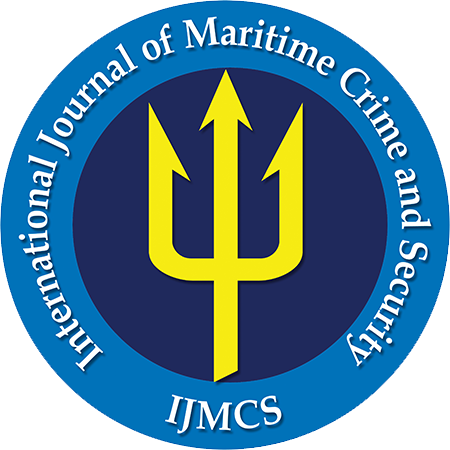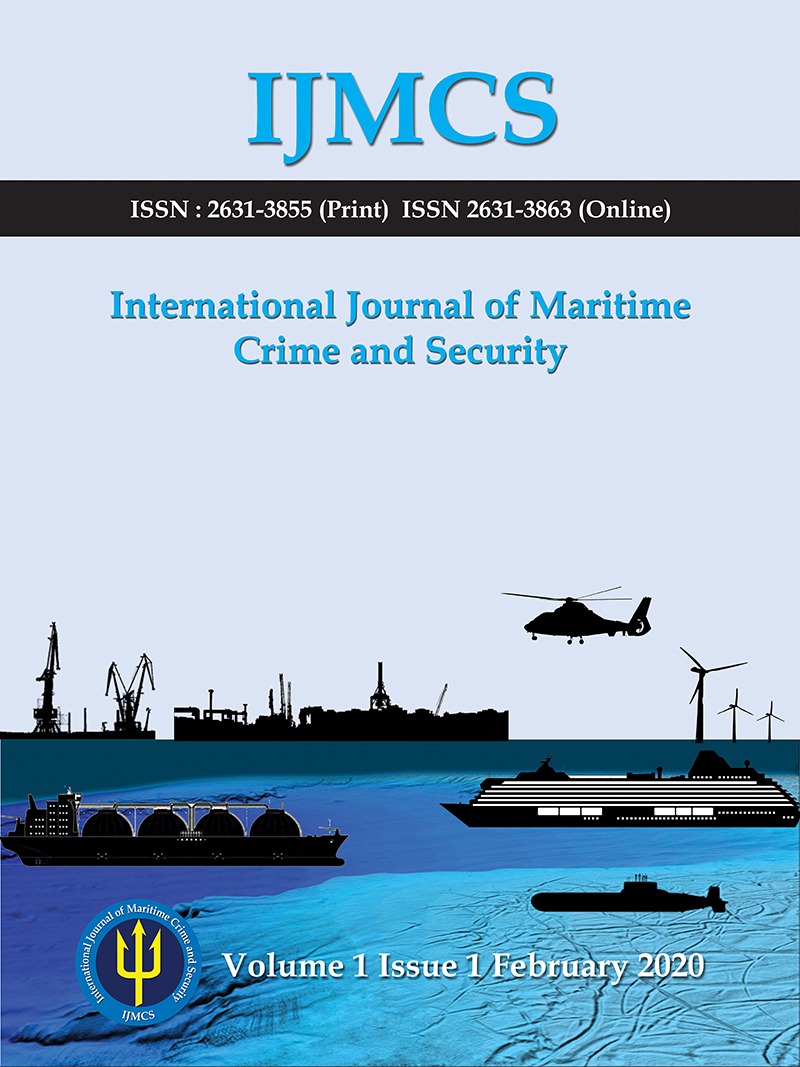Crime, Governance, Law Enforcement, Maritime Piracy, Security, Southeast Asia
Why has piracy flourished in Southeast Asia over the past decade? What are the underlying incentives for pirates, and how do these forces influence their operations? This paper explores these questions through the lens of enterprise theory, an approach that posits that piracy, much like any business venture, is run by risk-taking entrepreneurs who make decisions in reaction to market demands and economic opportunities. By framing pirates as entrepreneurs and piracy as a business, this paper argues that treating piracy as a rational, market-driven enterprise is crucial to deciphering the persistence and resilience of these criminal syndicates. In support of this thesis, the paper delves into the economic underpinnings of piracy, analyzing how market demand for commodities drives piracy. It also examines how pirates have adapted their organizational structure and operational strategies to the changing security and economic landscape. Concluding, this paper recommends that counterpiracy should focus on denying pirates access to necessary inputs for their business and reducing the economic incentives for piracy.
Download Full Text Here
- Albanese, J.S., 2008. Risk assessment in organized crime. Journal of Contemporary Criminal Justice, 24(3), pp.263-273.
- Anderson, D., 2009. Somali piracy: Historical context, political contingency. European Security Forum Working Paper, (33).
- Axbard, S., 2016. Income opportunities and sea piracy in Indonesia: Evidence from satellite data. American Economic Journal: Applied Economics, 8(2), pp.154-194.
- Collier, P. and Hoeffler, A., Greed and grievance in civil war. Policy Research Working Paper, (2355).
- Daxecker, U. and Prins, B., 2015. Searching for sanctuary: Government power and the location of maritime piracy. International Interactions, 41(4), pp.699-717.
- Dean, G., Fahsing, I. and Gottschalk, P., 2010. Organized Crime: Policing Illegal Business Entrepreneurialism. Oxford: Oxford University Press.
- Desai, R.M. and Shambaugh, G.E., 2021. Measuring the global impact of destructive and illegal fishing on maritime piracy: A spatial analysis. PLOS One, 16(2).
- UNODC, Enterprise or business model of organized crime. Available at: https://www.unodc.org/e4j/zh/organized-crime/module-7/key-issues/enterprise-or-business-model.html [Accessed 12 April 2024].
- Frécon, E., 2006. Piracy and armed robbery at sea along the Malacca Straits. In: Ong-Webb, G. ed. Piracy, Maritime Terrorism and Securing the Malacca Straits. Singapore: Institute of Southeast Asian Studies.
- Gottschalk, P., 2009. Entrepreneurship and Organised Crime. Cheltenham: Edward Elgar.
- Hastings, J.V., 2009. Geographies of state failure and sophistication in maritime piracy hijackings. Political Geography, 28, pp.213-223.
- Hastings, J.V., 2020. The return of sophisticated maritime piracy to Southeast Asia. Pacific Affairs, 93(1), pp.5-29.
- International Maritime Bureau, 2022. Piracy and armed robbery against ships: Report for the period, 1 January – 31 December 2022. International Chamber of Commerce.
- Jorisch, A., 2011. Today’s pirates have their own stock exchange. Wall Street Journal. Available at: https://www.wsj.com/articles/SB10001424052702304520804576341223910765818 [Accessed 12 April 2024].
- Liss, C., 2003. Maritime piracy in Southeast Asia. Southeast Asian Affairs, pp.52-68.
- Lucas, E., 2012. Pirates and insurgency: Reframing the Somali piracy problem. Piracy Studies. Available at: https://piracy-studies.org/pirates-and-insurgency [Accessed 12 April 2024].
- McCauley, A., The most dangerous waters in the world. Time. Available at: https://time.com/piracy-southeast-asia-malacca-strait [Accessed 12 April 2024].
- Morabito, G. and Sergi, B.S., 2018. How did maritime piracy affect trade in Southeast Asia? Journal of East Asian Studies, 18(2), pp.255-265.
- Mui, L.Y., 2002. Piracy and armed robbery as an evolving threat to Southeast Asia’s maritime security. Asia Maritime Transparency Initiative CSIS. Available at: https://amti.csis.org/piracy-as-an-evolving-threat-to-southeast-asias-maritime-security [Accessed 12 April 2024].
- Nowakowska-Krystman, A., 2016. Maritime piracy as a form of organized crime: A strategic management approach. Connections QJ, 15(3), pp.41-53.
- ReCAAP Information Sharing Centre, 2016. Piracy and armed robbery against ships in Asia 2015. Singapore: ReCAAP.
- ReCAAP Information Sharing Centre, 2015. Special report on incidents of siphoning of fuel/oil at sea in Asia (Part II). Singapore: ReCAAP.
- Rosenberg, D., 2009. The political economy of piracy in the South China Sea. Naval War College Review, 62(3).
- Smith, D.C., 1978. Organized crime and entrepreneurship. *International Journal of Criminology and Penology
- Smith, D.C., 1980. Paragons, pariahs, and pirates: A spectrum-based theory of enterprise. Crime and Delinquency, 26(3), pp.358-386.
- Spiess, R., 2019. Black spots: Southeast Asia’s modern-day pirate problem. Southeast Asia Globe. Available at: https://southeastasiaglobe.com/black-spots/ [Accessed 12 April 2024].
- van Duyne, P.C., 2000. Mobsters are human too: Behavioral science and organized crime investigation. Crime, Law and Social Change, 34(4), pp.369-390.
- von Hoesslin, K., 2016. The economics of piracy in South East Asia. The Global Initiative Against Transnational Organized Crime.



